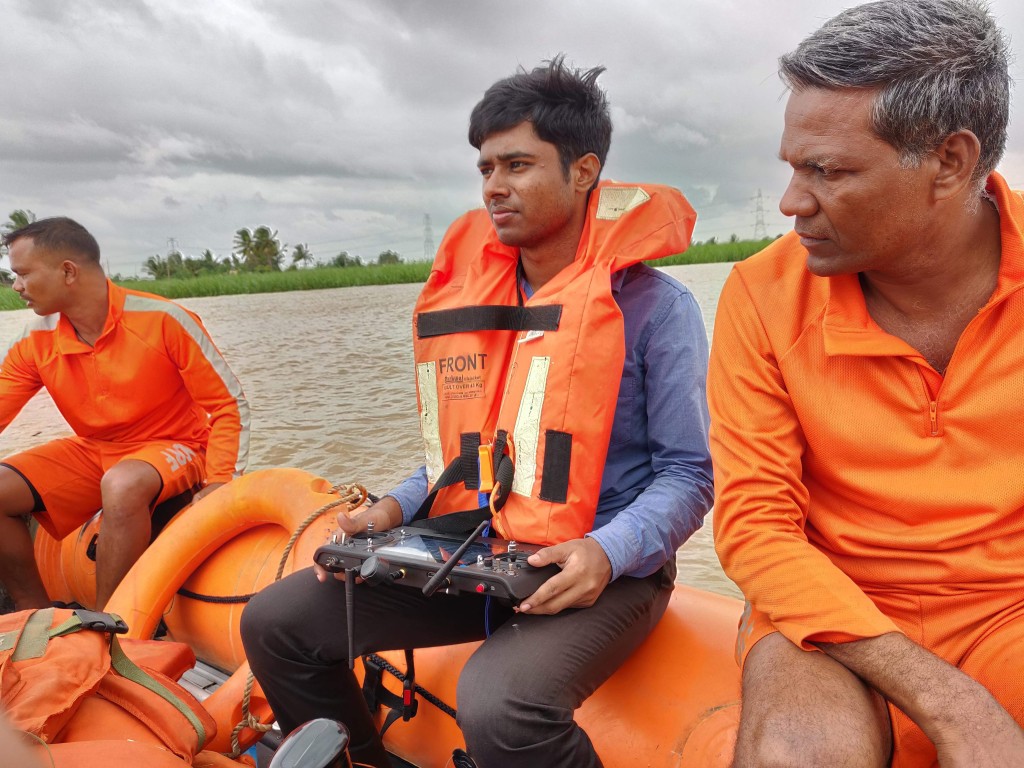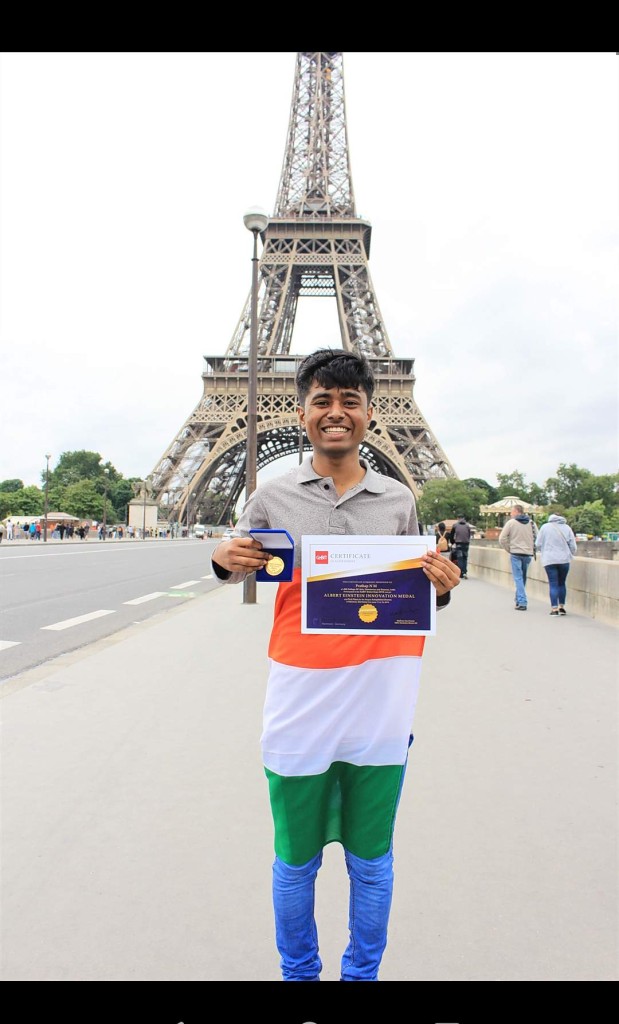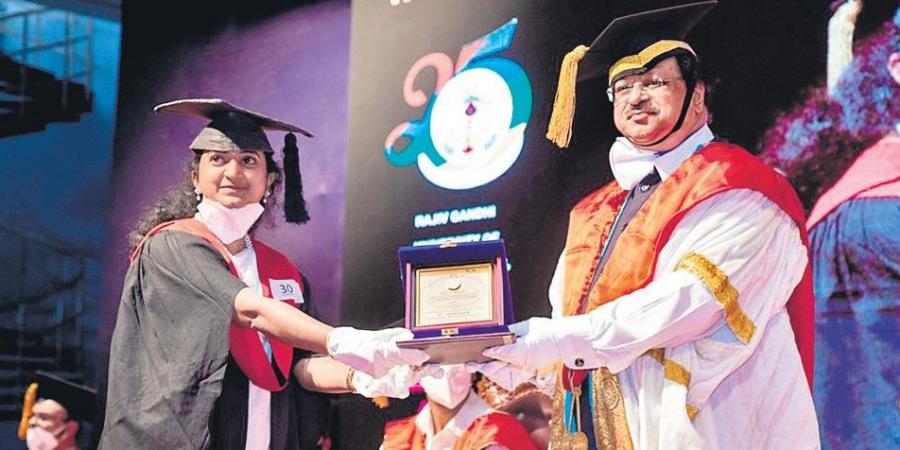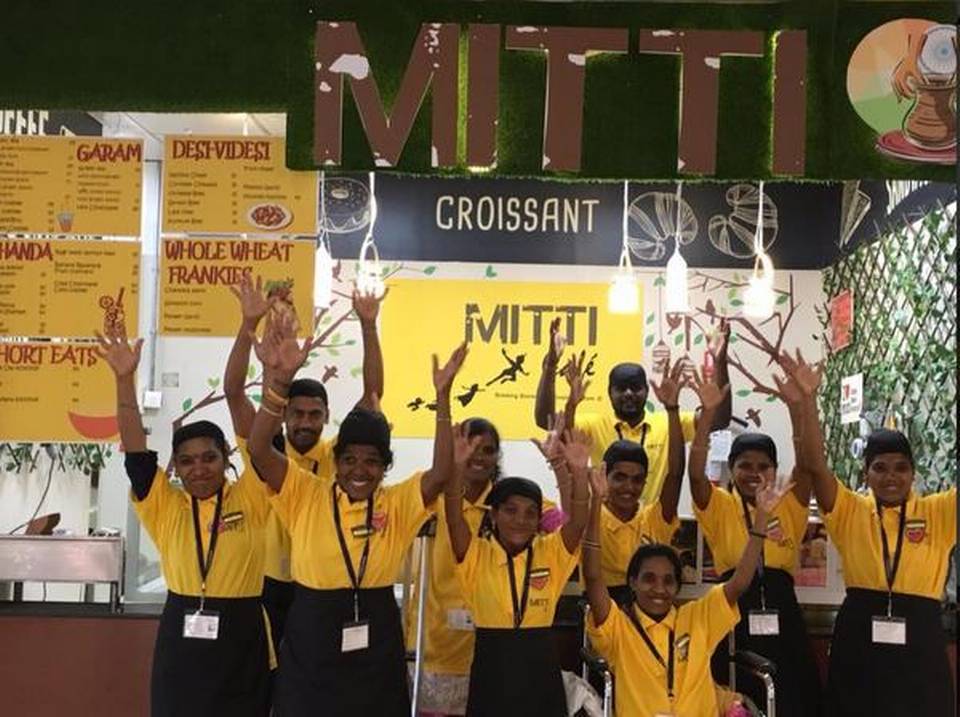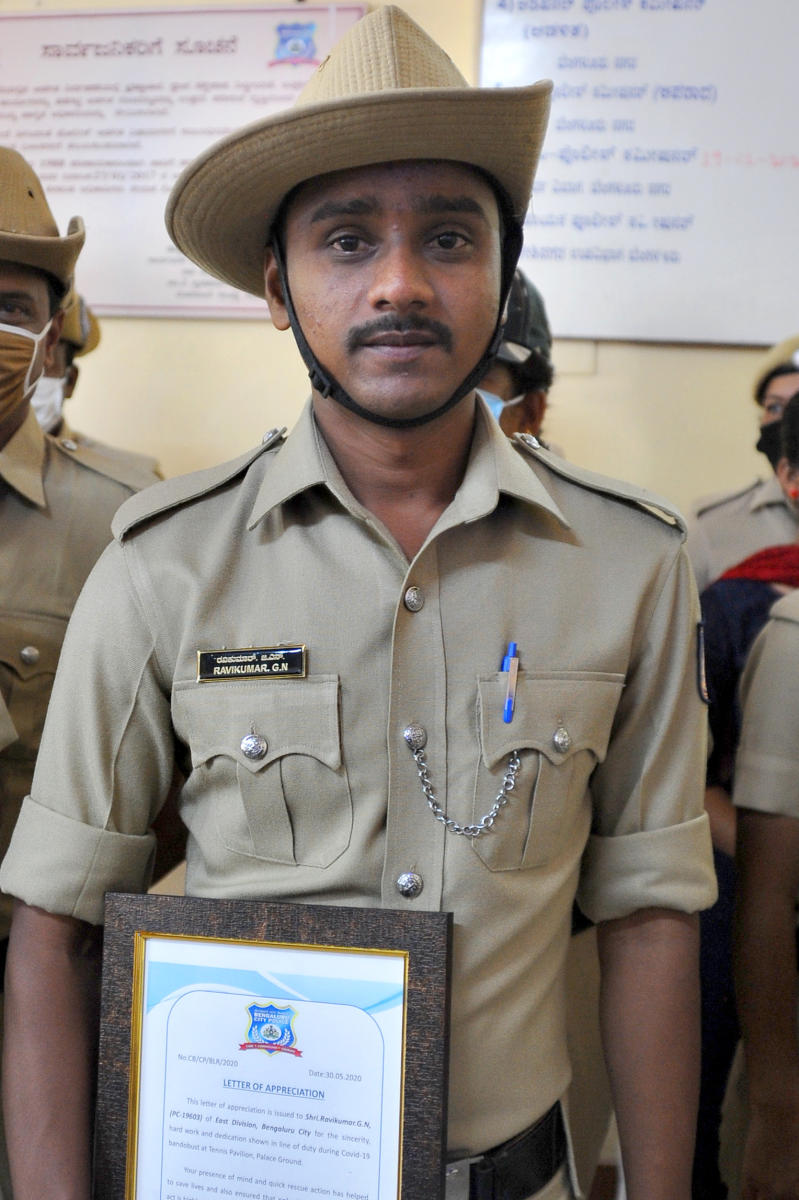
This story has all the hallmarks of a contemporary property dispute: an owner making a distress sale, relatives trying their best to take over the property, the eager buyer rushing in to take possession and a land shark stepping in to occupy the land illegally. The only catch is that this incident occurred exactly 333 years ago, on July 10, 1687, and the property in question was the city of Bengaluru.
The principal characters in this dispute are historical figures we are familiar with: the seller was Ekoji (Venokji), the half-brother of Maratha King Shivaji. The relative was Sambhaji, Shivaji’s son. The buyer was Chikkadevaraja Wadiyar, the ruler of Mysore and the land shark was Kasim Khan, the Mughal general sent by the Mughal Emperor Aurangzeb.

The entire ‘property deal’, so to speak, took place for Rs 3,00,000. But how did this come to be?
Chikkadevaraja ascended the throne of Mysore in 1673 and is credited with expanding the frontiers of the kingdom to its largest extent. Three of his military exploits stand out.
The first was his defeat of Sri Ranga VI, who was propped up by the rulers of Ikkeri, Bijapur and Golkonda under the pretense of re-establishing the erstwhile Vijayanagara empire.
His victory against Chokkanatha Nayaka of Madurai extended Mysuru’s influence till Tiruchirapalli in the south.
His other big success was stopping Shivaji at Srirangapatna, when the latter was mopping up old Bijapur possessions during a campaign in South India. In April 1682, Chikkadevaraja won multiple battles against the Marathas, even defeating the combined forces of Basappa Nayaka of Ikkeri, Qutb Shah of Golkonda and Shivaji’s son Sambhaji at Banavara, in present-day Hassan.
So when the Mysore forces came face-to-face with the Mughal army at the gates of Bengaluru on July 10, 1687, they were no pushovers.
The Maratha connection
Shahaji (Shivaji’s father), who was a general in the Bijapur army, was given Bengaluru as a jagir by an Adil Shahi ruler. This was passed on to his son Ekoji.
In 1674, when Ekoji was dispatched by Adil Shah to sort out a succession dispute of the local ruler in Thanjavur, he did one better. Ekoji eventually crowned himself the king of Thanjavur.
However, Ekoji now faced a family dispute over the jagir of Bengaluru. Both Shivaji, and later his son Sambhaji — not always on cordial terms with Ekoji — coveted it. Ekoji held on to Bengaluru and Thanjavur.
After their conquest of Bijapur in 1686, the Mughals rapidly pushed towards the south.
Aurangzeb’s expansion of the Mughal empire culminated with the fall of Bijapur (1686) and Golkonda (1687). The gates to south India, then known as Karnata Empire (the official name of the Vijayanagara empire), now lay open to them. Led by Kasim Khan,the Mughal army’s run through the South began in Penukonda, in the present-day Anantapur district of Andhra Pradesh.
Chikkadevaraja managed to keep Tumakuru out of Mughal hands. Ekoji, now faced with the prospect of losing his jagir to the Mughals, made the offer to sell Bengaluru to Chikkadevaraja, for a very reasonable price of three lakh rupees. Contemporary accounts suggest that the amount was paid by Chikkadevaraja even before his troops were sent to take possession of the city.
On his part, Sambhaji sensed an opportunity to settle an old family dispute and dispatched his generals, Santaji and Kesava Triyambak Pant as well as Haraji, the governor of Gingee, to take control of the city before Chikkadevaraja reached there.
The Mughal general Kasim Khan reached Bengaluru before either of the two. When the Marathas reached the city, they found the Mughal flag fluttering over the ramparts and turned back without a fight.
Chikkadevaraja, having already made the purchase, was not willing to give up so easily. He went into battle with the momentum of his victory over the Mughal forces a few months earlier, in Tumakuru. The hostilities lasted four days.
The Apratima Vira Charitam, a contemporary work written by Tirumalaraya, during the life of Chikkadevaraja, records the result of this battle, ‘Mogalr savari sade badidu, manidar Mogalar, odida Mogalara padeyam, Mogala Maratarganjuva perarayar rayaraltu, avaram jayisirpa Chikadevarayane Rayan.’ (He overcame the Mughal forces.The Mughals were defeated. The Mughal forces fled. Those afraid of the Mughals and Marathas are not kings. Chikkadevaraja who defeated them both is the real king.)
Historian Ravikumar Navalgund explains the significance of the king taking over Bengaluru. “Till that point, Mysuru was one of the petty kingdoms trying to build on the ruins of the Vijayanagara Empire and the Bijapur sultanate. With this victory, the Bengaluru region firmly became part of Mysore and even today is considered part of the ‘Old Mysore’ region. Mysuru, for the first time fought and defeated the Mughals, making them recognise Mysore Kingdom as a force to reckon with. From this point onwards, the kingdom continued to expand for nearly 100 years,” he says.
On July 14, 1687 Kasim Khan concluded an agreement with the king, securing for the Mughal’s a transit through Benglauru to Sira, in Tumakuru, where the Mughals established their regional government.
source: http://www.deccanherald.com / Deccan Herald / Home> Spectrum> Spectrum Top Stories / by S Shyam Prasad / July 11th, 2020

